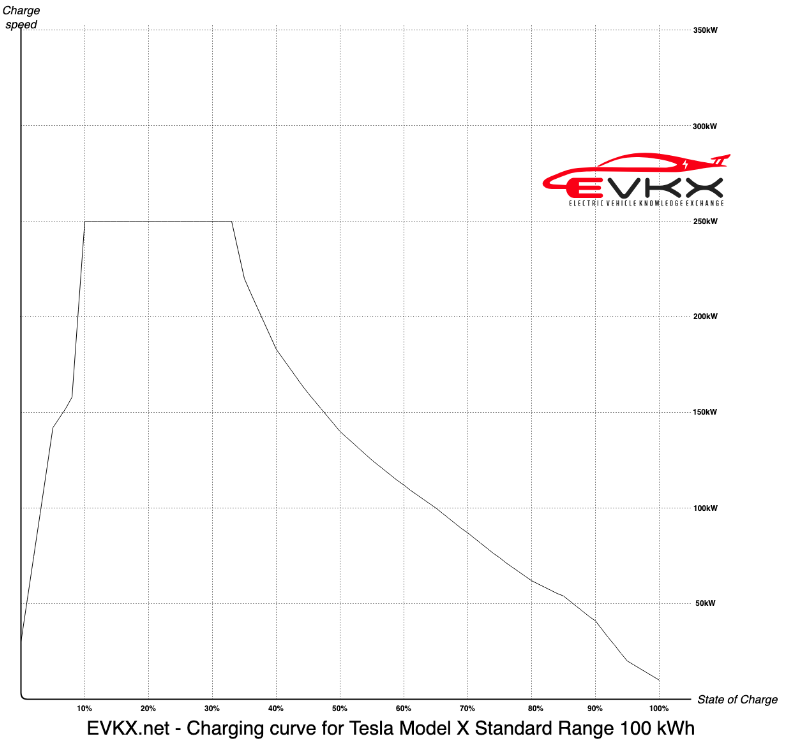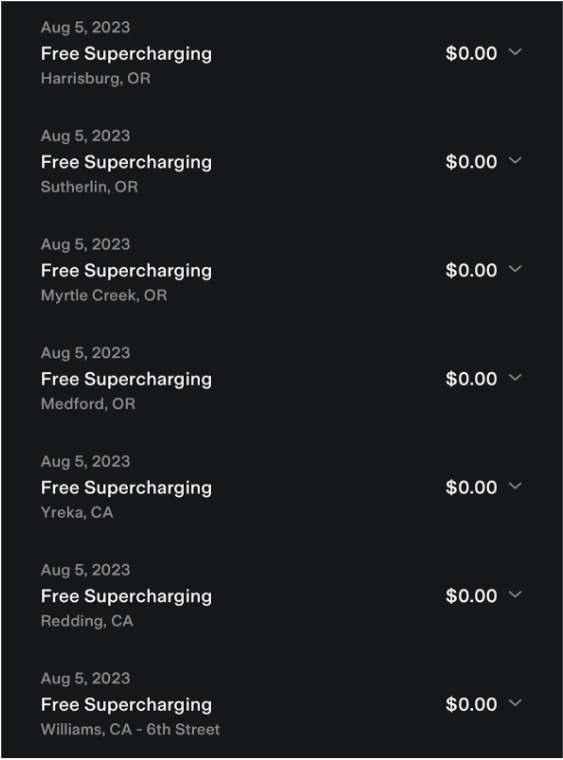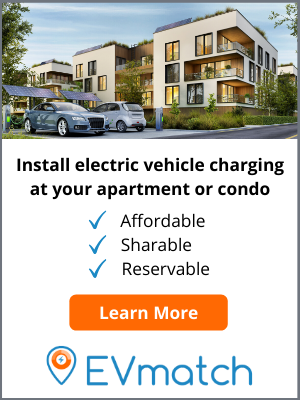Blog
The Tesla Supercharger Hack To Cut Your Road Trip Stopping Time In Half
October 13, 2023
Post Author

The efficiency freak’s approach? Stop more, charge less. You read that right. It’s all in the physics.
The buildout of Tesla’s Supercharger network, particularly since the advent of v3 with its peak rate of 250kW, and lack of shared power penalty, has presented some tantalizing new possibilities for road trip charging. I have written several times about family road trips, but I recently took a solo road trip from the Bay Area to Oregon’s Willamette Valley.
On my own, my optimization brain immediately took over, and the vague approach that had been crystallizing in the recesses of my subconscious became the full-blown tactical method I’ll describe to you here. TLDR: don’t stay at the Superchargers as long as Elon – aka your on-screen instruction – tells you to.
Pictured below are my extensive charging stop lists to get the roughly 630 miles each way between Sunnyvale, CA and Salem, OR. (I became a Tesla customer just in time to take advantage of free lifetime Supercharging five years ago, hence the lack of cost.) Note that:
a) you have to read them from bottom to top to see the order in which I actually stopped.
b) had the road been mostly flat, I’d likely not have had to stop quite as many times – I-5 passes over the Siskiyous and other parts of the Klamath Mountains for hundreds of miles, necessitating far more energy per mile driven.
Looking at the drive up on August 5, for example, I stopped seven times despite starting out fully charged and going over 150 miles on the first leg of the journey. I believe the onboard computer in my Model X has me stopping only three times – but for far, far longer each time. And that is the crux of the problem with the car’s recommended approach.
As an aside, the nominal range of our car is ~330 miles – down from 350ish when we bought it in late 2018 – but it rarely gets even 200 in all but the flattest, windless driving conditions, which may have something to do with why Tesla is currently being sued over their clandestine efforts to inflate estimates.
While every car and every charging sessions has its own curve, here’s one that gives an idea of how fast one is charging at various states of charge (SoC):

This car is newer, so I never reached 250kW, but I routinely got well over the 150kW that was supposed to be the maximum when we bought the car. But the details aren’t as important as the shape of the curve, which is roughly the same whatever the maximum is. The key is that the fastest charging comes between about 10 - 35% SoC, or up to about a third full of charge.
Since my battery is 100kWh, we’re talking about me getting from 10kWh to 35kWh. As a practical matter, on a road trip, charging much past 50% is a total waste of time, provided there is another Supercharger close enough to stop at again.
Granted, there is a time penalty for getting off of and back onto the freeway each time, but that is swamped by the benefit in not charging at suboptimal speeds. It was a joy to see my ETA in Salem keep getting earlier as the algorithm refactored its estimates after each charging session.
Basically, my plan quickly took shape around these contours:
- aim to get to the next charger with around 10% charge remaining – not just because of optimal charging speed being higher at 5% than 10% (again, look at the graph above), but so I never hit 0% before reaching the supercharger accidentally!
- leave once the rate of charge fell below 100kW, or 90kW if the next charger was farther away – by this point, I usually had around 60 or 70 miles of real world range, and I’d only been stopped for 10 minutes or so, which is way less than the 30-90 (!) minutes the car often recommends.
- make every effort to use the v3 stations for the reasons given above, but don’t prioritize this so highly that I waste more time than I gain by having to charge longer to get to the next v3 station (this will be less and less of an issue the more the v3 network is built out).
To put on my tinfoil hat and turn conspiracy theorist for a moment, there may be some benefit to Tesla not to have people make short charging stops. Since electricity rates often go off peak power spikes, it might benefit Tesla to have people draw less power for longer. And of course some people just don’t want to stop as often, even if it makes a road trip take far longer (in my opinion, cutting off one’s nose to spite one’s face, in EV-driving terms).
There are also side benefits of stopping more often, including:
- less need to carefully calculate when the next bio break will be needed – or, looked at another way, the ability to stay better hydrated without having to worry about being able to “go.”
- a better mitigation against the dangers of drowsy driving, by getting much more regular opportunities to walk around and wake up a bit.
- getting to see more of the fun, quirky places that are at some of the Supercharger locations (some are dull and dreary, I know), such as Olsen Run Winery & Food Truck in Harrisburg, OR – tell Gracie I sent you!
In short, for a better Tesla road trip experience, keep your charging stops short.










